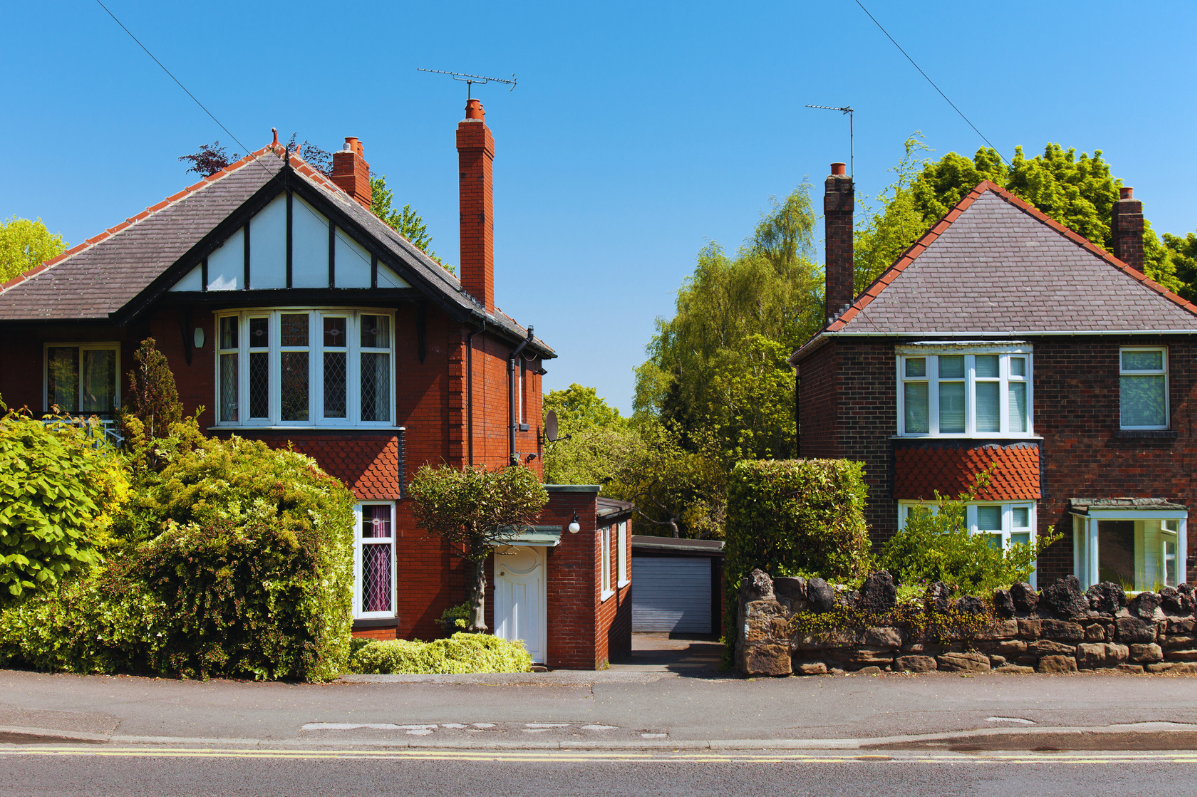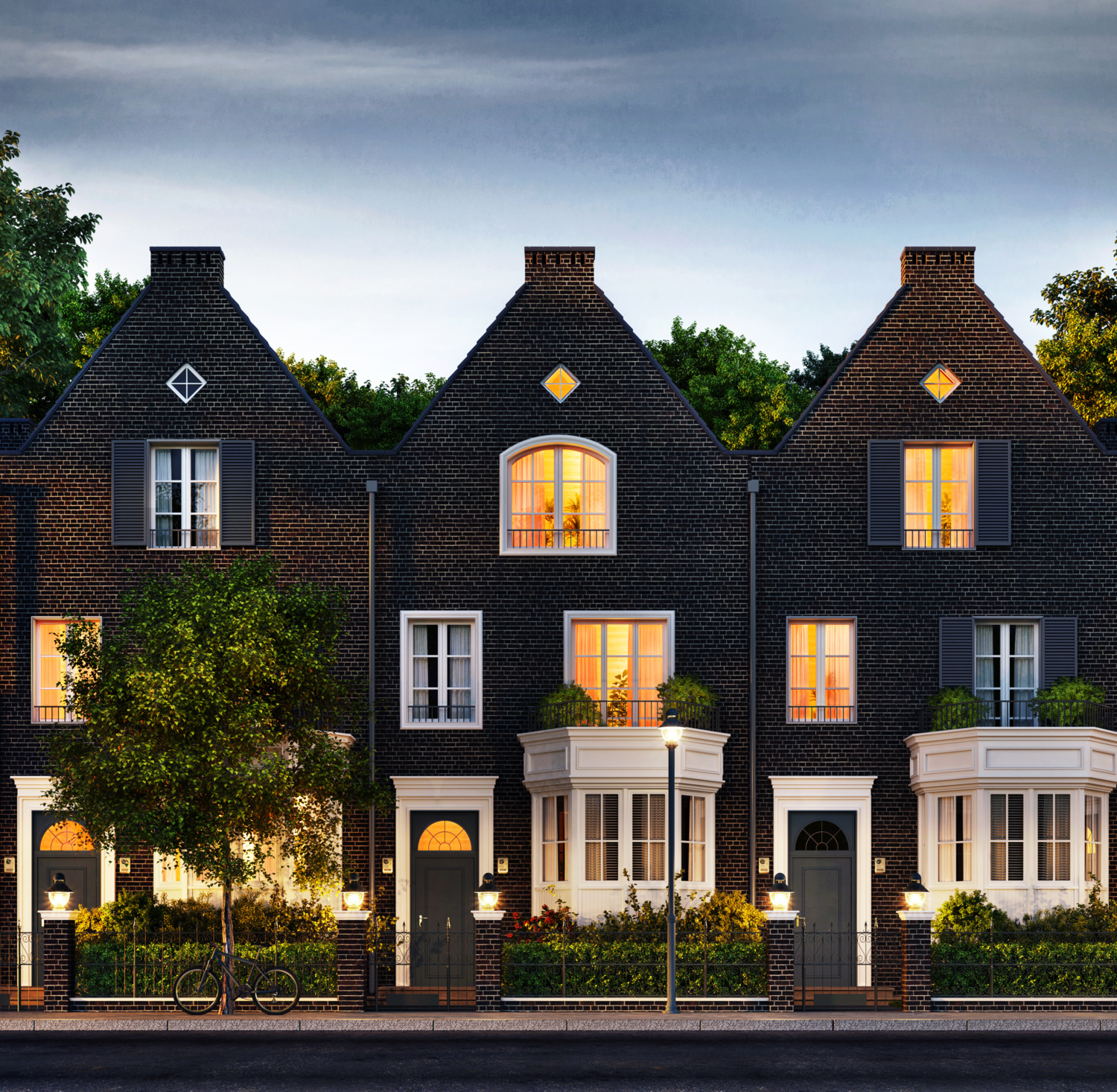Why choose Mercantile Trust?
With our common sense approach to lending, we offer flexible and quick solutions tailored to your needs.
Flexible Buy to Let Mortgages for all types of landlords
As a specialist Buy to Let lender, we’re here to support landlords from all walks of life — whether you're a first-time investor, a portfolio landlord, or somewhere in between.
If you're finding it difficult to secure a Buy to Let Mortgage due to an unusual property type, complex personal circumstances, or a challenging credit history, we may be able to help when mainstream lenders can't.
Our flexible, common-sense approach to lending means we can look at the bigger picture and offer solutions tailored to your individual needs.


Specialist Buy to Let Mortgage lending
Whether you're a first-time investor or an experienced landlord with a growing portfolio, our flexible Buy to Let Mortgage options can help you make the most of your property investment.
You can borrow up to £500,000 on a Buy to Let Mortgage, with property values starting from as low as £75,000. We also offer smaller loan sizes from just £10,000, making it easier to finance lower-value investment properties.
Our Buy to Let Mortgage solutions are designed to suit landlords at every stage—no matter your experience.
Get started today by calling our expert team or filling out our quick online Enquiry Form.
First and Second Charge Buy to Let Mortgages
We offer both First and Second Charge Buy to Let Mortgages, giving landlords flexible financing solutions tailored to their needs.
A First Charge Buy to Let Mortgage is the primary loan used to purchase or refinance a rental property. It takes priority over any other secured borrowing and is typically the main route for landlords entering the Buy to Let market or refinancing an existing investment.
A Second Charge Mortgage, on the other hand, allows you to unlock additional funds by borrowing against a property that already has a mortgage in place (the first charge). This is ideal if you want to access capital for improvements or further investments, but prefer not to disturb a preferential mortgage rate or are tied into early repayment charges.
Whether you're buying your first rental property or looking to release equity from an existing one, our First and Second Charge Buy to Let Mortgage options can help support your investment goals.
Buy to Let Mortgages for individuals and limited companies
We accept applications from both individual landlords and limited companies across our full range of Buy to Let Mortgage products.
If you're investing through a company, we support both Special Purpose Vehicles (SPVs)—limited companies set up specifically for property investment—and trading limited companies. This flexibility is not always available with other lenders, making it easier for you to structure your property investments in the way that suits you best.
Buy to Let Mortgages for applicants with adverse credit
If you’ve experienced credit challenges in the past, securing a mortgage can feel difficult—but it doesn’t have to be. We specialise in providing Buy to Let Mortgage solutions for applicants with poor or adverse credit histories.
While some lenders may decline applications due to past credit issues, our flexible approach means we often say yes where others say no. Whether you’ve faced missed payments, defaults, or CCJs, we assess your individual circumstances to help you move forward with your investment plans.
Buy to Let Mortgages for non-standard construction properties
If your investment property is of non-standard construction—such as concrete, timber frame, steel, or other non-traditional building types—you may have found it difficult to secure a mortgage through conventional lenders.
We specialise in providing Buy to Let Mortgage solutions for non-standard construction properties, helping landlords finance homes that fall outside typical brick-and-tile builds.
Get in touch with our expert team today to explore your options and see how we can help.
Application process
1
Simply fill out the Enquiry Form to arrange a call back or call our expert team on 0800 032 3737
2
We will take time to understand what you want to achieve and ensure you qualify for a loan with us
3
If approved you could have the funds in 48 hours

Ready to get started?
We are here for anyone who needs flexible and tailored loan solutions. Whether you have complex income, have imperfect credit, are employed or self-employed, or need faster access to funds than a high street lender can offer — we’re here to help.
Let’s discuss how we can help your next investment. Speak to an expert.
Join our newsletter
For monthly updates, expert insights, and the latest trends in lending.





